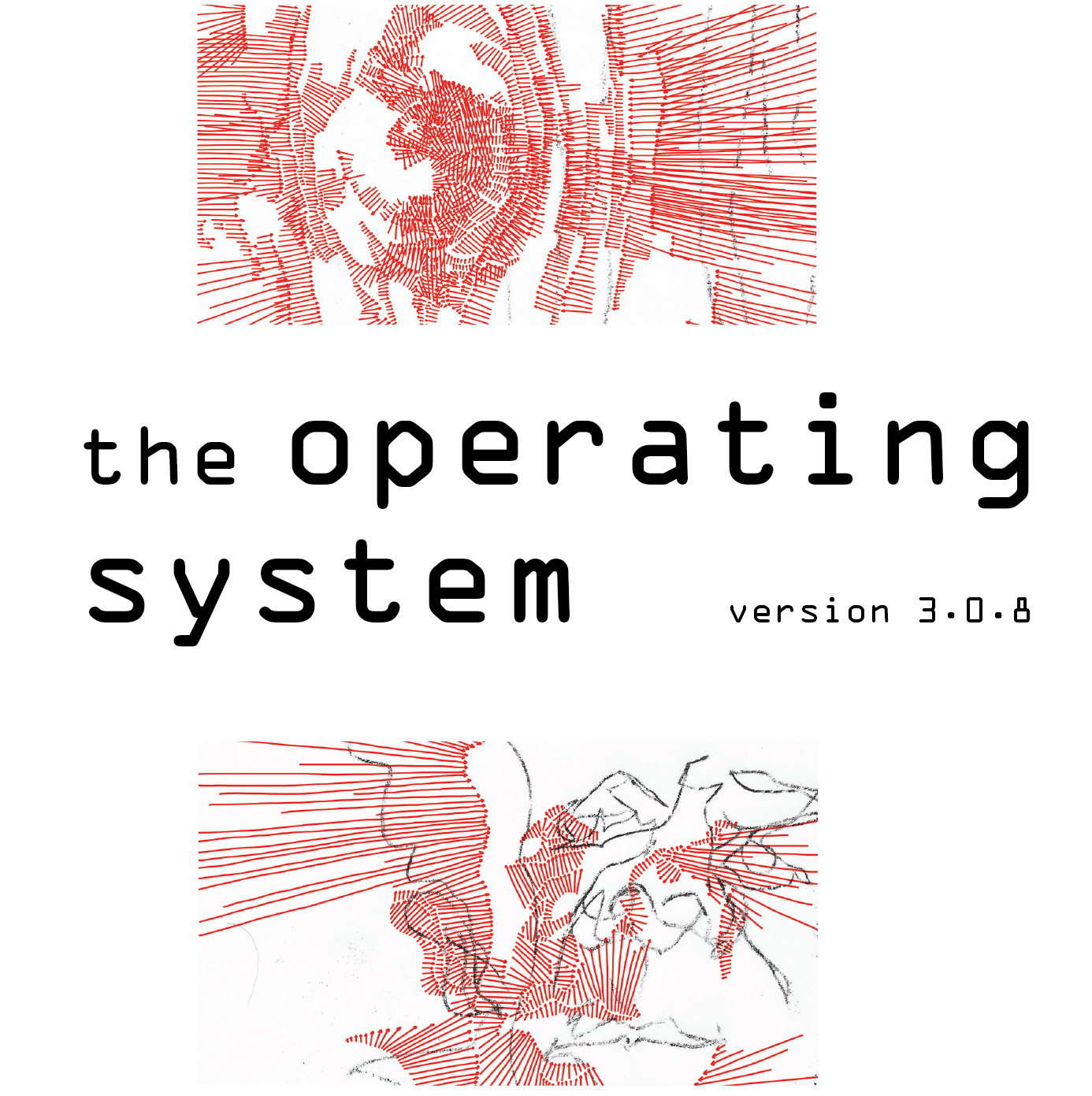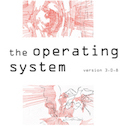COCO PROCESS COURSE:: ERIC MEYER’S FUCK THE MUSE: LESSON 3 :: CREATIVE MODES AND CYCLES
In his 1991 lecture on creativity, John Cleese describes two modes of operating: an “open” playful mode, and a “closed” productive more. Creative people, he claims, are simply the people that cultivate the open mode of operating.
“We need to be in the open mode when we’re pondering a problem, but once we come up with a solution, we must then switch to the closed mode to implement it.”
Your Brain at Work
Renowned psychiatrist Iain McGilchrist uses the same general framework in his RSA lecture on the Divided Brain:
“The right hemisphere gives sustained, broad, open, vigilant alertness where the left hemisphere gives narrow, sharply-focussed attention to detail…. Let me make it very clear, for imagination you need both hemispheres.”
Working in Cycles
Like all tools, our different modes of thinking allow us to solve different types of problems, or to solve the same problems in different ways. You have to know when to set down your hammer and pick up a chainsaw. That’s where cycles become useful.

Fig 1. How to everything.
Cycling through different modes has become the core of my creative process. Thinking in cycles means I always know what to try next, even when I feel overwhelmed by the size of a project. If I’m stuck, it’s time for a new mindset. If my last move was to zig, my next move is to zag.
But open/closed and right/left aren’t the only modes available to us. I keep various mode cycles in mind as I work, and invent new ones when they seem useful:
- Open vs. Closed
- Action vs. Reflection
- Expanding vs. Contracting
- Inspiring vs. Perspiring
- Work vs. Play
- Intake vs. Output
- Create vs. Destroy
- Zoomed-In vs. Zoomed-Out
What cycles are useful to you?
Action & Reflection
Putting these ideas to use is a cycle of its own — stepping in and out of the work. When you hit a snag, step back and consider your approach. Often, an obstacle to the open mind can be overcome with a closed mind, and vice versa.
If I’ve been looking at the details, I step back and look at the project from a distance. How does it all fit together? Are the problems on page 12 caused by something on page 3? If I’ve been writing stream-of-conscious (expanding), I start editing with a vengeance (contracting). Creativity is subtraction as much as creation.
Garbage In (Please)
Similarly, If I’m all out of ideas, I spend some time doing research. It’s important to have a deep well of material to draw on, and that well needs to be maintained. Sometimes I’ll study a related topic, or I’ll read a book, watch a movie, or just watch TV. Ignore the old “garbage-in, garbage-out” mantra. Watch shitty TV, eat some candy, and enjoy it. You can learn a lot from garbage.
Practice being critical without being dismissive.
The important thing is to replenish. Getting new ideas into your head is part of the work.
Stay Agile
No one technique is going to get you the whole way there. Practice changing directions quickly. What happens if you switch modes every five minutes?
Stay responsive to problems as they come up, changing your approach based on the problem in front of you. When you get stuck, that’s a good thing. Use your frustration as motivation. Frustration is just a cue for change. Push back. Ask why you’re stuck. Explore your stuckness, reflect on it, dive into it, adjust, and keep moving.
Creativity happens in cycles: the end of one cycle is the start of another.
————————————————–
What point of your creative cycle do you find yourself at? Whether you’re stuck, flying high, or not even thinking of yourself as an “artist” of any medium, Eric Meyer’s FUCK THE MUSE creativity catalyst should do the trick — helping you simultaneously appreciate your process more AND take yourself (and the work) less seriously.
Exit Strata loves Eric Meyer and thinks you are getting a pretty terrific deal for the grand total of ZERO DOLLARS!!! Check out Lesson 2, Ordinary Tools of Thought; Lesson 1, The Art of Control, and the Class Overview, here.
Or, start from the very beginning (a very good place to start) and familiarize yourself with Meyer’s unique, inspired perspective and approach in our series introduction, and if you decide you want to participate more actively with Eric and/or share your responses with our larger community, please email the staff at editors@exitstrata.com. ONWARD! Fuck it, be yourself.


